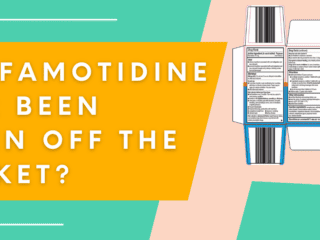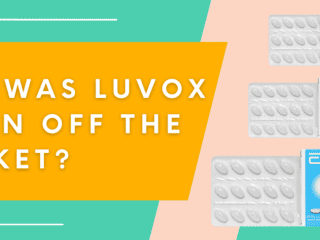Generic Name: Sertraline
Brands: Zoloft
Class: Selective serotonin reuptake inhibitor (SSRI)
Availability: Prescription only
Molecular Formula: C17H18Cl3N
Substance UNII: UTI8907Y6X
What is Sertraline?
Sertraline is a type of antidepressant known as a selective serotonin reuptake inhibitor (SSRI). It is the generic form of the drug Zoloft.
What is Sertraline Used For?
Medical providers prescribe sertraline to treat depression, obsessive compulsive disorder (OCD), panic attacks, post-traumatic stress disorder (PTSD), and social anxiety disorder. It may also help relieve symptoms of premenstrual dysphoric disorder (PMDD) by alleviating mood swings, irritability, bloating, and breast tenderness.
How Does Sertraline Work?
Sertraline works by increasing levels of serotonin, which is a natural substance in the brain that helps to maintain mental balance. Specifically, serotonin is a neurotransmitter, which means it acts like a chemical messenger that carries signals between nerve cells in the brain, known as neurons. Many refer to serotonin as a “feel good neurotransmitter” because it helps regulate anxiety, happiness, and mood.
High levels of serotonin theoretically cause feelings of happiness and serenity, while low levels of the neurotransmitter would be associated with depression. Researchers are still working to determine the exact connection between serotonin levels and depression.
Normally the body reabsorbs, or “reuptakes,” a neurotransmitter once the chemical messenger delivers its message from one neuron to the next. The reuptake of serotonin causes the levels of the neurotransmitter to drop, thereby causing a decline in positive feelings. SSRIs like sertraline slow the reuptake of serotonin, which allows more of the “feel good neurotransmitter” to stay in the system.
How Long Does it Take for Sertraline to Work?
Some symptoms, such as sleep, energy or appetite, can show some improvements in the first 1 to 2 weeks of taking sertraline. It may take 6 to 8 weeks for depressed mood and lack of interest to improve.
Do Not Use Sertraline If:
There are several situations where this medication may not be the right choice for you. According to the FDA, the following should not use sertraline:
- Those who are taking or are within 14 days of stopping monoamine oxidase inhibitors (MAOIs); taking sertraline while MAOIs are still in the system can increase the risk for serotonin syndrome, a dangerous condition in which excessive serotonin builds up in the system
- Those taking pimozide (Orap), a medication used to reduce uncontrolled body movements or outbursts of words and sounds resulting from Tourette syndrome; combining pimozide and sertraline can cause dangerously high pimozide levels that could result in serious or potentially life-threatening irregular heart rhythms (arrhythmias)
- Those with known hypersensitivity to sertraline, resulting in the dangerous allergic reaction known as anaphylaxis or rapid swelling beneath the skin, known as angioedema
Please note that this list may not be complete, and there may be other situations where use of this drug is not advisable.
Disclaimer: this article does not constitute or replace medical advice. If you have an emergency or a serious medical question, please contact a medical professional or call 911 immediately. To see our full medical disclaimer, visit our Terms of Use page.








